Soapstone Kitchen Floor Problems
billy_g
12 years ago
Featured Answer
Sort by:Oldest
Comments (47)
mmhmmgood
12 years agolast modified: 9 years agomelissastar
12 years agolast modified: 9 years agoRelated Professionals
Commerce City Kitchen & Bathroom Designers · Haslett Kitchen & Bathroom Designers · San Jacinto Kitchen & Bathroom Designers · Buffalo Grove Kitchen & Bathroom Remodelers · Calverton Kitchen & Bathroom Remodelers · Elk Grove Kitchen & Bathroom Remodelers · Gilbert Kitchen & Bathroom Remodelers · Mooresville Kitchen & Bathroom Remodelers · Black Forest Cabinets & Cabinetry · Highland Village Cabinets & Cabinetry · Livingston Cabinets & Cabinetry · South Riding Cabinets & Cabinetry · North Plainfield Cabinets & Cabinetry · Gardere Design-Build Firms · Schofield Barracks Design-Build FirmsCEFreeman
12 years agolast modified: 9 years agobilly_g
12 years agolast modified: 9 years agoUser
12 years agolast modified: 9 years agoleela4
12 years agolast modified: 9 years agodarbuka
12 years agolast modified: 9 years agosis2two
12 years agolast modified: 9 years agobilly_g
12 years agolast modified: 9 years agobilly_g
12 years agolast modified: 9 years agoUser
12 years agolast modified: 9 years agobilly_g
12 years agolast modified: 9 years agoboxerpups
12 years agolast modified: 9 years agobilly_g
12 years agolast modified: 9 years agobilly_g
12 years agolast modified: 9 years agobilly_g
12 years agolast modified: 9 years agommhmmgood
12 years agolast modified: 9 years agoUser
12 years agolast modified: 9 years agoUser
12 years agolast modified: 9 years agocheri127
12 years agolast modified: 9 years agobilly_g
12 years agolast modified: 9 years agocarybk
12 years agolast modified: 9 years agomacybaby
12 years agolast modified: 9 years agomudhouse_gw
12 years agolast modified: 9 years agobilly_g
12 years agolast modified: 9 years agoUser
12 years agolast modified: 9 years agobilly_g
12 years agolast modified: 9 years agobilly_g
12 years agolast modified: 9 years agobilly_g
12 years agolast modified: 9 years agomudhouse_gw
12 years agolast modified: 9 years agoUser
12 years agolast modified: 9 years agobilly_g
12 years agolast modified: 9 years agoGarden State Soapstone
12 years agolast modified: 9 years agobilly_g
12 years agolast modified: 9 years agommartine10
6 years agobilly_g
6 years agokbraju13
5 years agobilly_g
5 years agokbraju13
5 years agobilly_g
5 years agolast modified: 5 years agoH B
5 years agokbraju13
5 years agobilly_g
5 years agolast modified: 5 years agoHU-6868130
5 years agobilly_g
5 years agoRaine Adri
4 years ago
Related Stories

KITCHEN COUNTERTOPS10 Top Backsplashes to Pair With Soapstone Countertops
Simplify your decision-making process by checking out how these styles work with soapstone
Full Story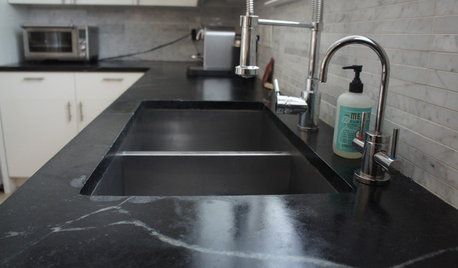
KITCHEN DESIGNSoapstone Counters: A Love Story
Love means accepting — maybe even celebrating — imperfections. See if soapstone’s assets and imperfections will work for you
Full Story
KITCHEN DESIGNKitchen Counters: Durable, Easy-Clean Soapstone
Give bacteria the boot and say sayonara to stains with this long-lasting material that's a great choice for kitchen and bath countertops
Full Story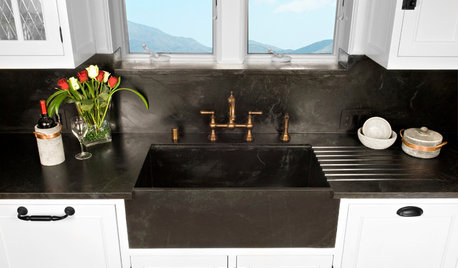
KITCHEN DESIGNKitchen Sinks: Soapstone for Germ-Free Beauty and Durability
Stains and bacteria? Not on soapstone's watch. But this sink material's benefits don't come cheap.
Full Story
REMODELING GUIDESThe Hidden Problems in Old Houses
Before snatching up an old home, get to know what you’re in for by understanding the potential horrors that lurk below the surface
Full Story
ECLECTIC HOMESHouzz Tour: Problem Solving on a Sloped Lot in Austin
A tricky lot and a big oak tree make building a family’s new home a Texas-size adventure
Full Story
LANDSCAPE DESIGNProblem Solving With the Pros: How to Build a Garden in an Urban Canyon
Skyscrapers, noise and deep shade create an unlikely sweet spot for a timeless green retreat in New York City
Full Story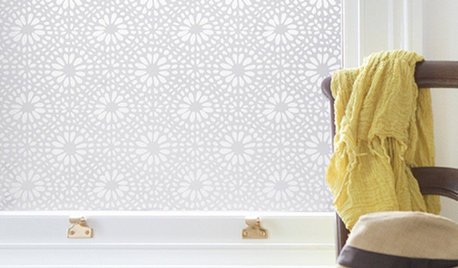
DECORATING GUIDESSolve Privacy Problems With Window Film
Let the light in and keep prying eyes out with an inexpensive and decorative window film you can apply yourself
Full Story
HOUSEKEEPING10 Problems Your House May Be Trying to Show You
Ignore some of these signs and you may end up with major issues. We tell you which are normal and which are cause for concern
Full Story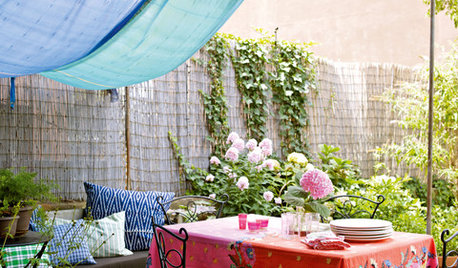
VALENTINE’S DAY5 Relationship Problems Solved by Design
Everyday issues driving you and your special someone apart? These design solutions can help mend your together time
Full StorySponsored
Columbus Area's Luxury Design Build Firm | 17x Best of Houzz Winner!
More Discussions






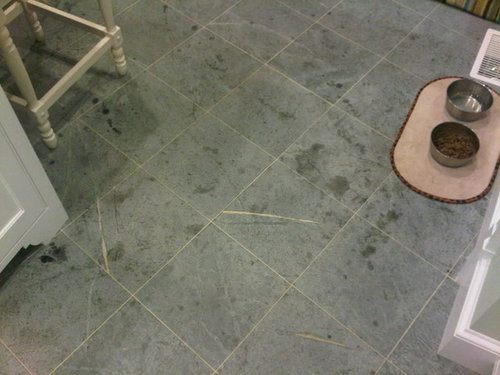
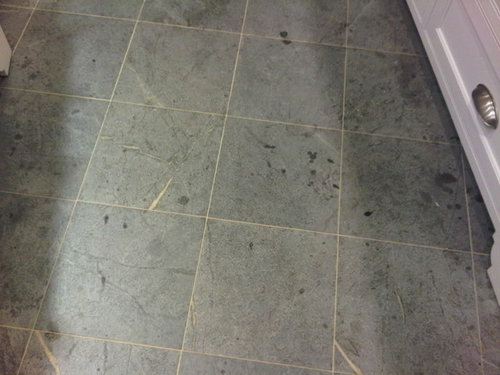

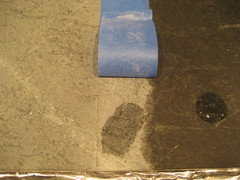

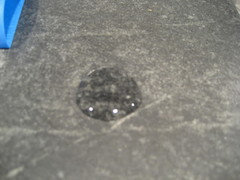
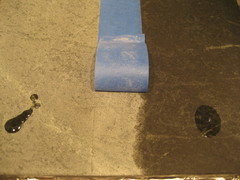
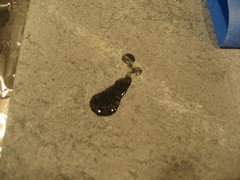
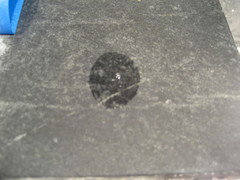
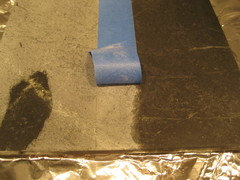
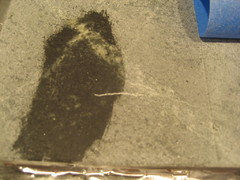
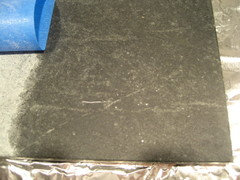
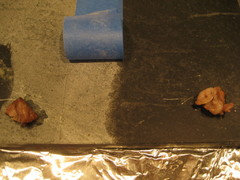
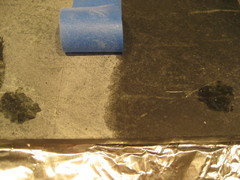
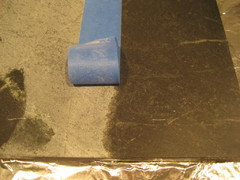

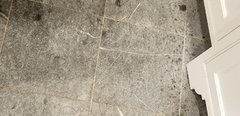

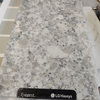

billy_gOriginal Author